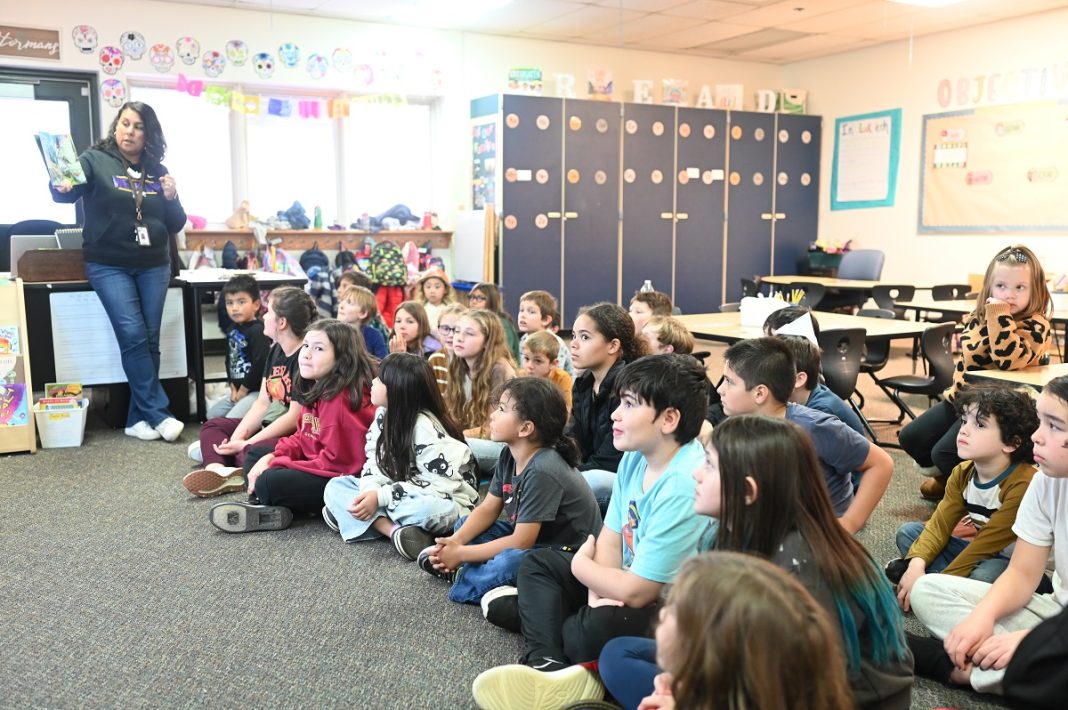Submitted by North Thurston Public Schools
To provide North Thurston Public Schools elementary students with a common, unifying literary experience, teachers and students at all 14 NTPS elementary schools read the same new book once a month. Modeled on the concept of the One School, One Book program, NTPS elementary teachers offer students lessons based on a picture book that centers the experience or perspective of a historically marginalized protagonist. The program supports the district’s Strategic Plan, specifically increasing the percentage of students open to and accepting cultural diversity.
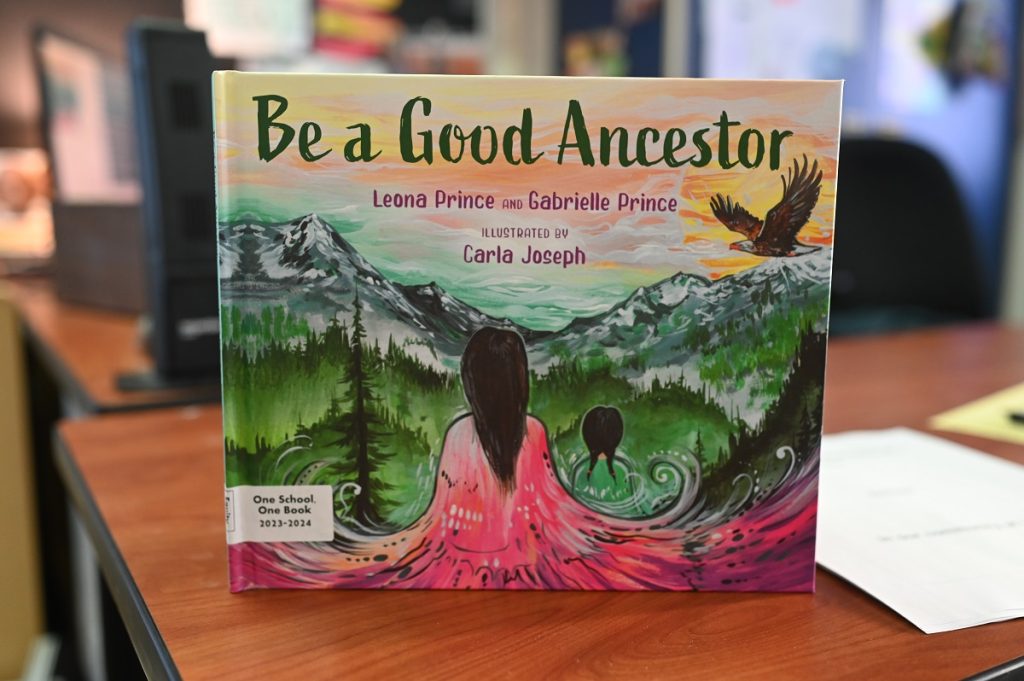
Thanks to grants from TwinStar Credit Union, all teachers have copies of each month’s book to read and share with their class. With the knowledge that their peers are reading the same book not only at their school but across the district, NTPS elementary students experience a sense of unified learning and in many cases, enhanced belonging.
Dena Harris, a 5th-grade teacher at Meadows Elementary, got the ball rolling on the monthly reading program during the 2021-22 school year after learning about One School, One Book from Brittany Anderson, the principal at Olympic View Elementary. Harris and a group of colleagues, many of whom have certifications in Ethnic Studies, selected 10 titles – one for each month of the school year. The books must be excellent examples of literature and must be a text that can be used to teach multiple comprehension strategies. They must also highlight a diverse experience.
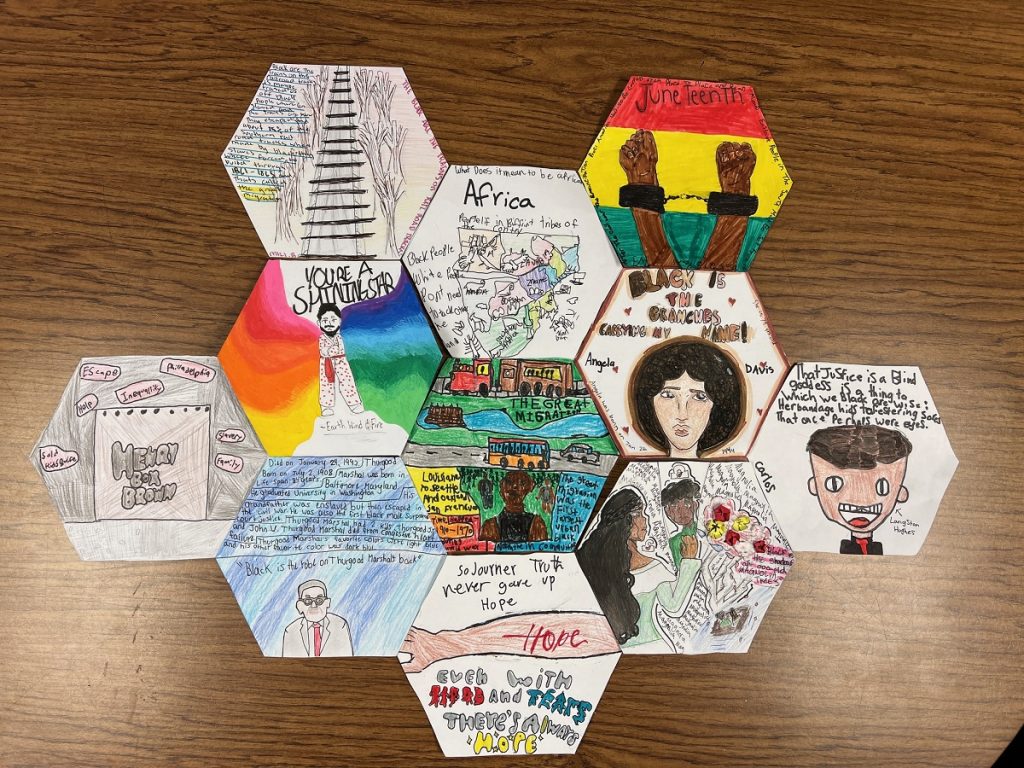
“We want to normalize difference,” Harris explains. The titles center the lived experiences of people from historically marginalized groups: people of Indigenous, First Nation, Asian, Pacific Islander, African, or Middle Eastern descent; people in the LGBTQIA+ community; and people with mental and physical disabilities.
“This is an opportunity for the students to gain perspective on something they might not experience in their typical day to day,” says Dr. Antonio Sandifer, NTPS’s equity and language director. “It also offers lessons that allow students to see themselves in the identity of the protagonist.”
Harris and her colleagues work with social justice standards that all NTPS teachers consider in their lessons and conduct. The lessons they plan and provide for participating teachers further support the kinds of conversations that come up around the chosen books. “That’s one benefit of the program we didn’t anticipate,” Harris says. “It’s become a training model for teachers in having challenging conversations.”
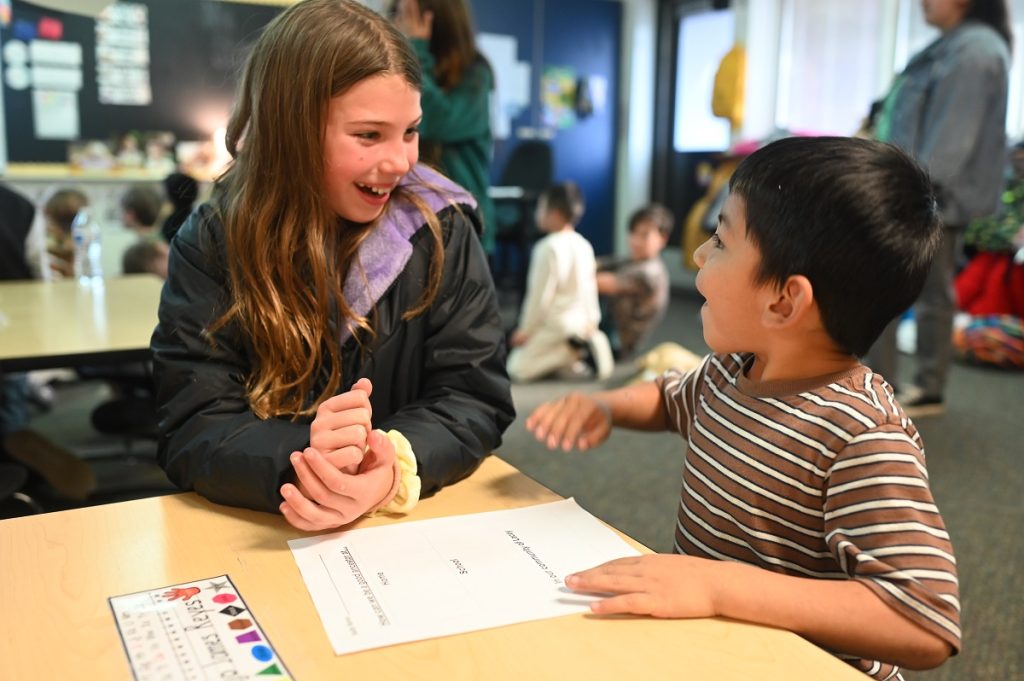
She and her team provide teachers with links to resources that offer ideas for engaging the students with the concepts in the book. While participation in the extended lessons is optional, about 500 of the district’s elementary school teachers are choosing to participate in the program.
The books often interconnect with other elements of the curricula, and sometimes with each other. Last month, Harris took her 5th graders to visit a kindergarten classroom and read their book of the month together. They read “Be A Good Ancestor,” which Booklist calls, “A perfect read-aloud for introducing the importance of caring for the earth.” After the book was read aloud, 5th graders and kindergartners paired off to write lists of ways they could be good ancestors at home, at school, and in their community. Fifth grader Elena L. and kindergartener Ben B. connected an idea back to a previous month’s book called, “We Are Water Protectors” — they wrote, “Join the Nisqually Community and help protect the earth.”
“Elena is not only creating excitement around literacy but she’s also recognizing the environmental work of our Nisqually community and instilling the value that we can work in unity with our Indigenous neighbors,” Harris explains. She notes that the students had also recently taken a trip to the Nisqually to do water quality testing and clean up. “This all shows that the students are really thinking about what’s happening, connecting the dots, and preparing to pass what they learn to the next generation.”
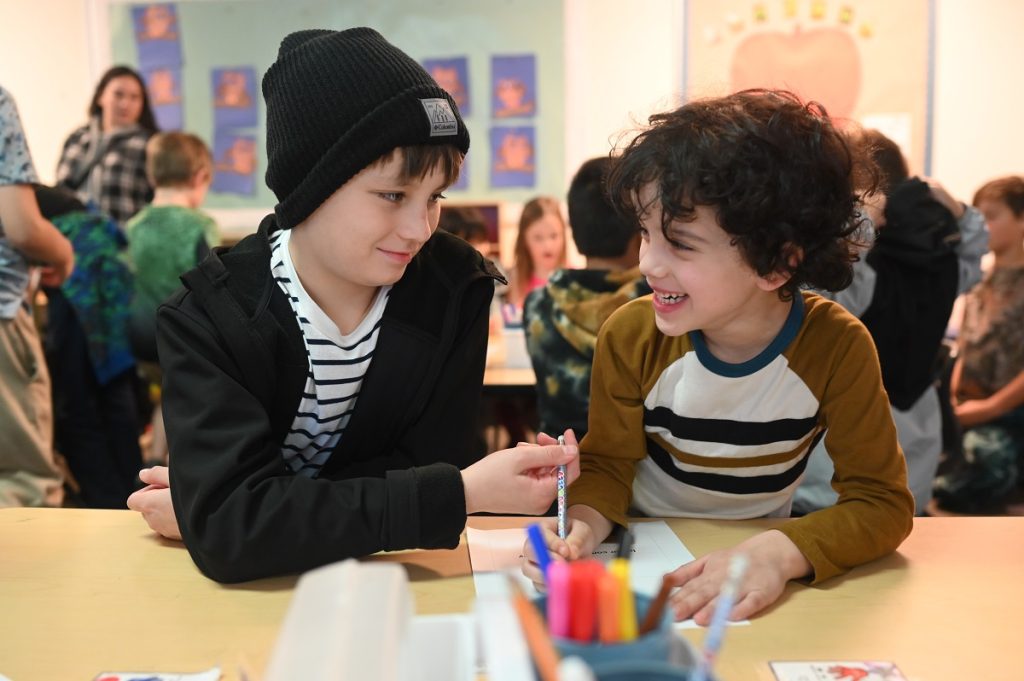
The students are eager to engage with the titles and often express their enthusiasm through art. A book called “Dreamers,” which highlights the beauty and challenges associated with human migration, inspired poems and watercolor butterflies as a metaphor for the beauty of migration among all creatures. Last year, fifth grader Milagros B. wrote about her experience with the program and the story: “Each month, there is a book that covers concepts that make us all feel like we belong,” she wrote. “The Dreamers book in particular teaches us about critical consciousness and human migration.” Another title, “Black is a Rainbow Color,” introduced celebrations of milestones of Black history and culture and led to a mosaic of hexagons depicting those milestones.
“Our partnership with TwinStar has been amazing,” says Dr. Sandifer. TwinStar provided $50,000 to fund the program for the 2022-23 school year and another $20,000 for 2023-24. “When local businesses, such as TwinStar, work alongside educators to help focus on increasing literacy and education outcomes, the entire community wins,” says Corinn Wohl, TwinStar’s director of community engagement. “TwinStar was founded as a credit union for teachers. We love the spirit of the district and value the important work of each and every NTPS employee to help shape future generations.”
Sponsored







































